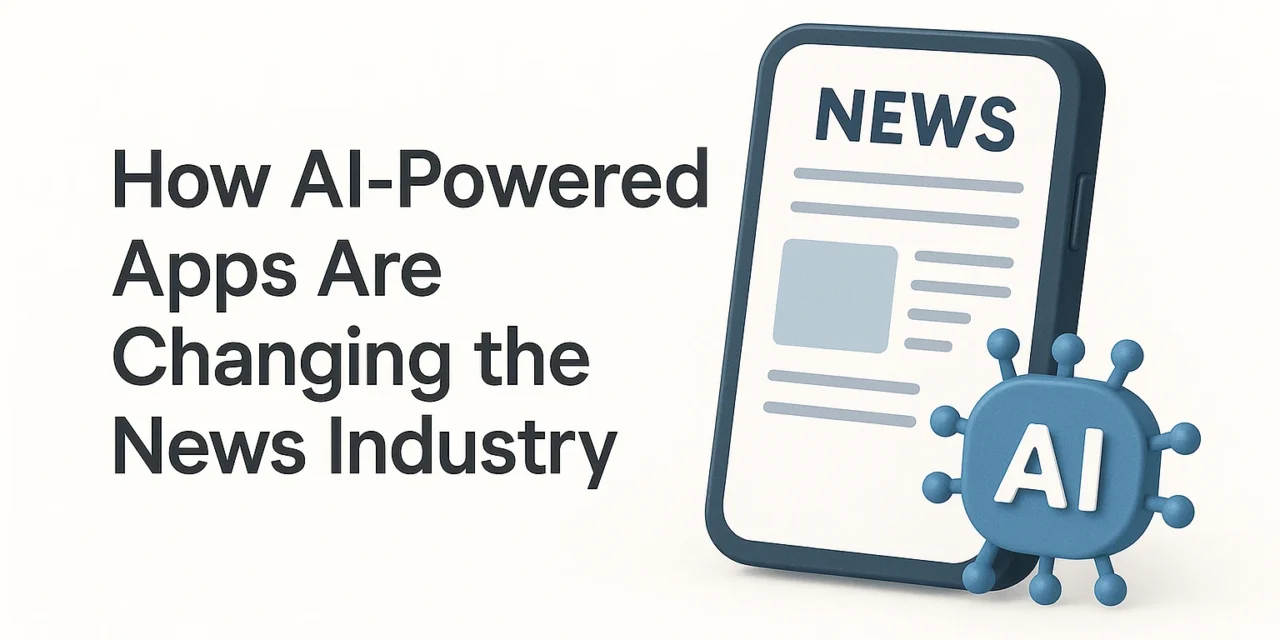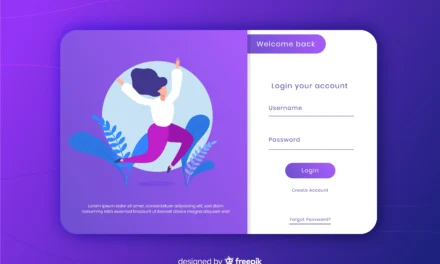Introduction
In the digital age, artificial intelligence (AI) is becoming a game-changer across various industries, and the news sector is no exception. AI-powered apps are significantly transforming how news is created, distributed, and consumed. From real-time updates to personalized news feeds, AI is helping both readers and publishers stay ahead of the curve.
The Rise of AI in News Applications
Real-Time News Delivery
AI-powered apps use advanced algorithms to track breaking news worldwide and push instant updates to users. Unlike traditional methods, these apps can process huge volumes of information in seconds, ensuring readers receive the latest news as it unfolds. BBC News Technology offers continuous updates on this trend.
Personalized News Feeds
One of the standout features of AI in news apps is smart content curation. By analyzing a user’s reading habits, location, and preferences, AI can deliver highly personalized news feeds. This not only improves user engagement but also increases the likelihood of returning readers. The Verge – Apps Section provides more insights on app personalization trends.
Automated Content Creation
AI technology is also being used to write news articles, especially for finance and sports updates where speed is critical. Algorithms can compile data, draft articles, and publish them within seconds, allowing publishers to cover more stories efficiently. TechCrunch – Mobile Apps regularly reports on such technological advancements.
Enhanced Fact-Checking
Fake news has become a significant concern in recent years. AI-powered fact-checking tools within news apps can cross-verify information from multiple credible sources, reducing the spread of misinformation and increasing trust among readers. Wired – AI News highlights ongoing developments in AI-based fact-checking.
Improved User Interaction
Modern AI apps offer features like voice-assisted news reading, chatbots for news summaries, and smart notifications that keep users informed without overwhelming them. Forbes – Technology frequently covers advancements in AI-driven user experiences.
Benefits for Users and Publishers
AI-driven apps not only improve the news consumption experience for readers but also help publishers with better analytics, audience targeting, and monetization opportunities. For more insights into the evolving app landscape, visit AppsMirror for the latest reviews and updates.
Challenges and Ethical Considerations
While AI offers many advantages, it also brings challenges like algorithmic bias, data privacy concerns, and the potential over-reliance on automation in journalism. The Guardian – AI Ethics provides in-depth coverage of these concerns.
Conclusion
AI-powered apps are undoubtedly revolutionizing the news industry. They offer faster delivery, greater personalization, and more reliable information. As technology continues to advance, we can expect even more sophisticated AI features to shape the future of news. MIT Technology Review – AI offers valuable perspectives on the future of AI in media.
For more app industry insights and reviews, don’t forget to explore AppsMirror.
FAQs
1. How do AI-powered news apps personalize content?
AI analyzes user behavior, reading patterns, location, and interests to curate personalized news feeds, ensuring relevant content reaches each user.
2. Can AI replace human journalists in news reporting?
AI can assist in reporting routine stories, but human journalists are essential for investigative reporting, storytelling, and ethical decision-making.
3. Are AI-powered news apps reliable for fact-checking?
Yes, AI-powered apps can quickly cross-reference multiple trusted sources, making them effective in minimizing misinformation and verifying facts.
4. What are the privacy risks associated with AI news apps?
AI apps collect user data for personalization, which may raise privacy concerns. Transparent data policies and user control over settings are essential.
5. How is AI changing the speed of news delivery?
AI systems can scan, compile, and publish news stories in seconds, significantly reducing the time between a news event and public awareness.





